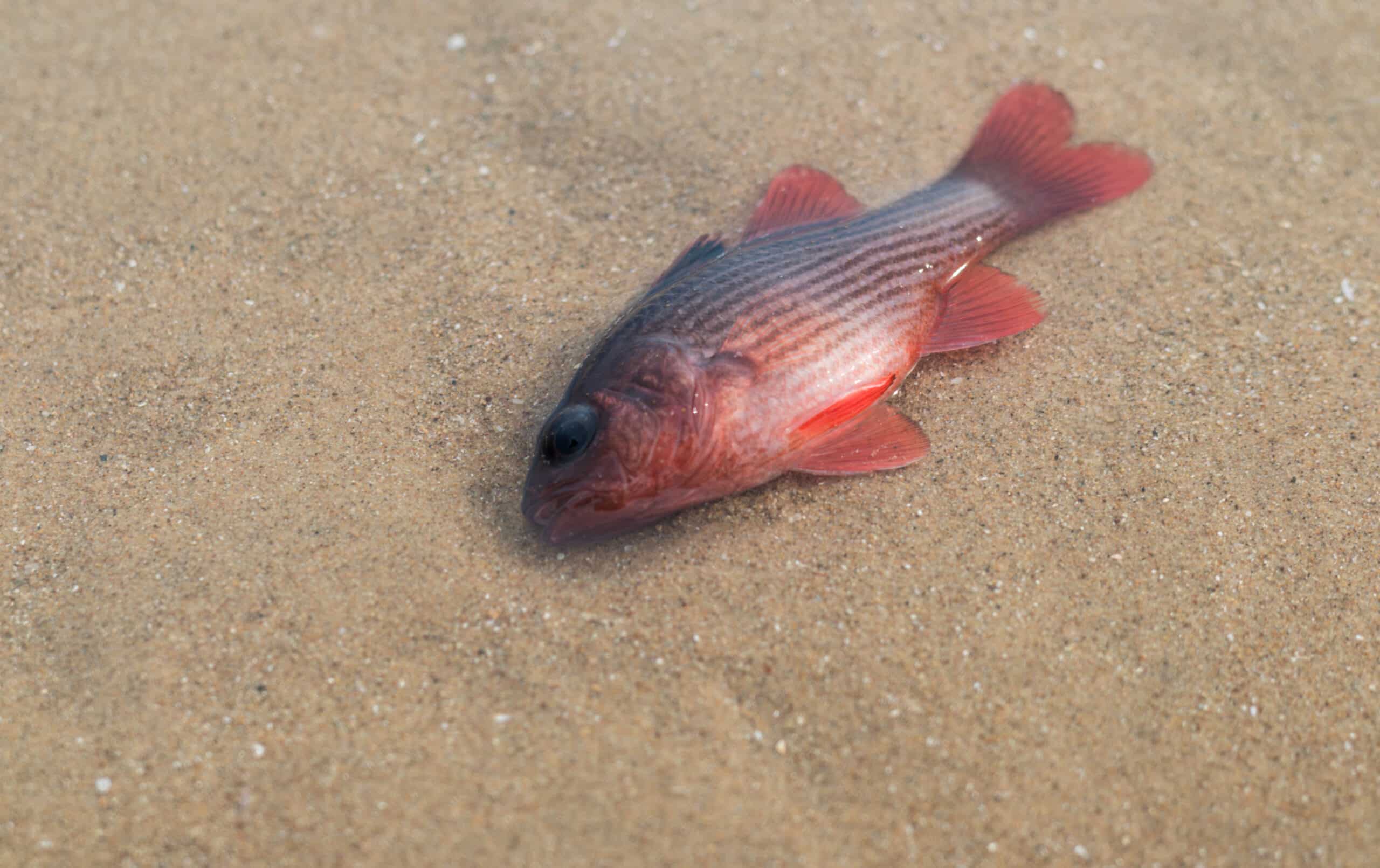Do Fish Bite Better in High or Low Tide?
Key Takeaways
- The best tide to fish is a moving tide, whether it’s an outgoing tide or an incoming tide.
- Factors that can affect fish biting activity include water temperature, current strength, moon phases, and access to food and nutrients brought by the tide.
- Understanding species-specific behavior patterns during different tide phases can enhance fishing success.
When it comes to fishing, understanding the impact of tides on fish behavior can greatly increase your chances of success. One common question that arises among anglers is whether fish bite better during high tide or low tide. Let’s explore this topic in detail and see what the experts have to say.
The Best Tide to Fish
According to various sources, including TakeMeFishing.org and MyWaterEarth.com, the consensus is that the best tide to fish is a moving tide, whether it’s an outgoing tide or an incoming tide. When the tide is “running,” meaning it is on the move from high to low or vice versa, fish are more likely to bite.
During outgoing tides, baitfish are often carried out into creeks and channels, attracting predator fish. On the other hand, incoming tides bring in fresh water, which can have lower temperatures, more oxygen, and better clarity. These conditions are favorable for fish and can increase their feeding activity.
Factors Affecting Fish Biting Activity
While the general consensus is that fish are more active during moving tides, it’s important to consider other factors that can influence their biting activity. FishyFeatures.com highlights several factors that can affect fish biting activity in both high and low tide:
- Water Temperature: Fish are ectothermic, meaning their body temperature is regulated by the surrounding environment. Different species have specific temperature preferences, and their feeding activity can vary accordingly. Understanding the preferred temperature range of your target species can help you determine the best time to fish.
- Current Strength: The strength of the tidal current can impact fish behavior. Strong currents can create turbulence and displace baitfish, making them more vulnerable to predation. Some fish species are opportunistic and will actively feed during periods of increased current flow.
- Moon Phases: The moon’s gravitational pull influences tidal patterns, and certain fish species are known to be more active during specific moon phases. For example, some anglers believe that fishing during the full moon or new moon can increase their chances of success.
- Access to Food and Nutrients: Tides bring in a fresh supply of food and nutrients, which can attract fish to specific areas. Understanding the feeding preferences of your target species and their reliance on tidal movements for access to food can help you strategize your fishing approach.
It’s important to note that the specific factors affecting fish biting activity can vary depending on the species you are targeting. Different fish have unique preferences and behaviors, so it’s essential to research and understand the specific characteristics of your desired catch.
Species-Specific Behavior
The impact of tides on fish behavior can also vary depending on the species. According to FishingWorld.com.au, certain species exhibit specific behavior patterns during different phases of the tide cycle. For example, flathead and mulloway are more active during the last two hours of the run out tide and the first hour of the run in tide. Understanding these patterns can help you target specific species more effectively.
Additionally, tide changes can affect the behavior of baitfish, which in turn attracts predator fish. Understanding the relationship between baitfish and predator fish during different tide phases can help you identify prime fishing opportunities.
Conclusion
Based on the information provided, it is clear that fish biting activity is generally better during moving tides compared to periods of slack water. The best tide to fish is a moving tide, whether it’s an outgoing tide or an incoming tide. However, it’s crucial to consider other factors such as water temperature, current strength, moon phases, and access to food and nutrients brought by the tide. Additionally, understanding the species-specific behavior patterns during different tide phases can further enhance your fishing success.
Related Websites:
FAQs:
Q: Do fish bite better in high or low tide?
Fish behavior can be influenced by tides, but it is not as simple as saying they bite better in high or low tide. Both high and low tides can create favorable conditions for fishing, but it ultimately depends on various factors such as the species of fish, location, and other environmental conditions.
Q: How can high tide affect fish behavior and feeding patterns?
During high tide, fish can be more active and move closer to shore, which can create favorable feeding conditions. High tide can also concentrate fish in certain areas, making it easier for anglers to target them. It is important to consider the specific characteristics of high tide and adjust fishing techniques accordingly.
Q: What are some effective fishing techniques during high tide?
Some effective fishing techniques during high tide include fishing near structure or cover, using topwater lures or live bait, and casting into areas with strong currents. Experimentation and observation are crucial to find the best techniques for a particular location and fish species.
Q: How does low tide affect fish behavior and feeding patterns?
During low tide, fish may become more cautious and seek deeper water or cover. The reduced water level can also make it more challenging to access certain areas. However, low tide can also present opportunities to target fish in shallow areas and identify underwater structures that are normally hidden.
Q: What are some effective fishing techniques during low tide?
Some effective fishing techniques during low tide include fishing near drop-offs, using weedless lures or bottom rigs, and targeting areas with tidal pools or channels. Adaptation and experimentation are important to find successful techniques during low tide fishing.






